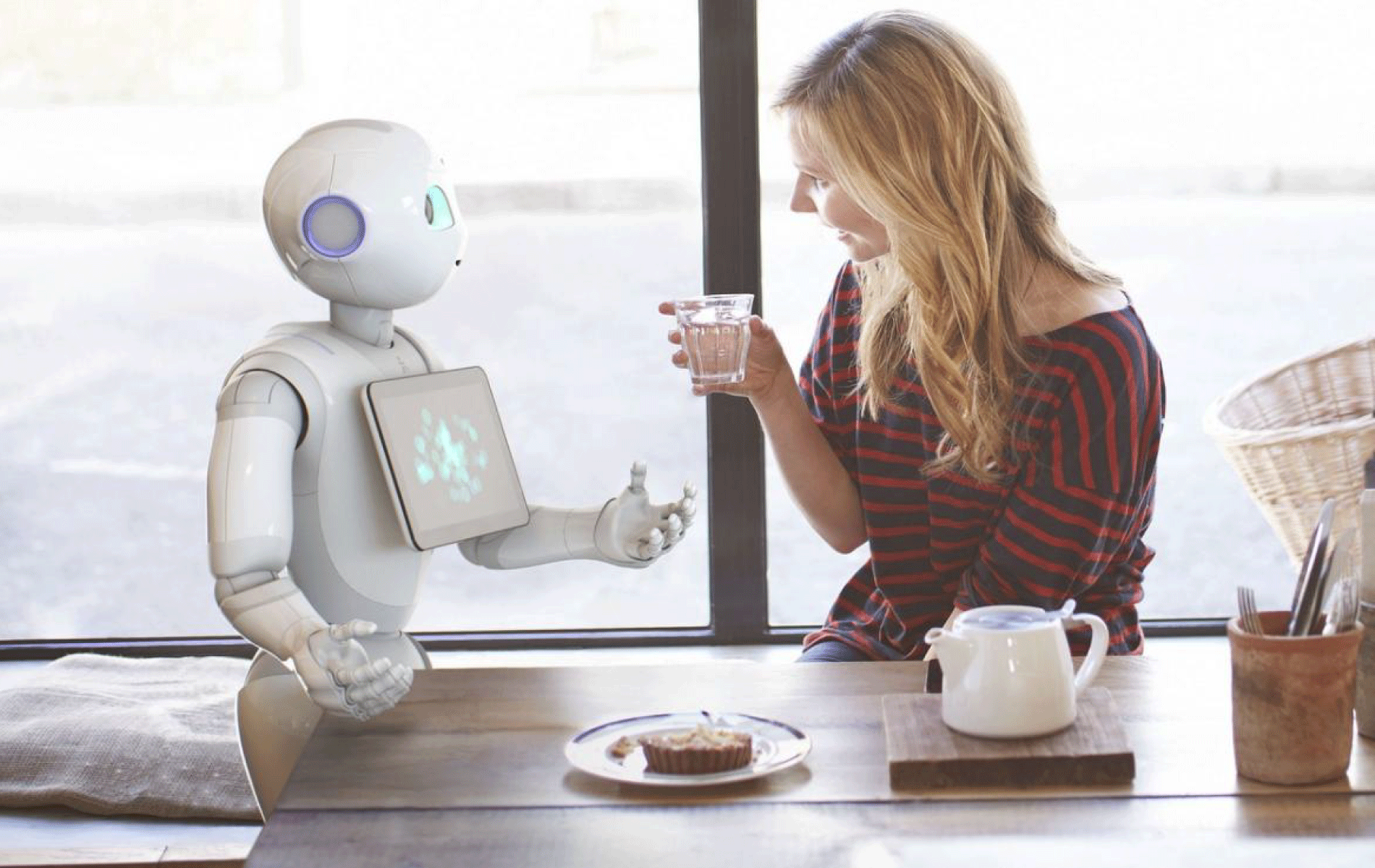
May
Is AI Translation Really Changing the Industry?
As the business arena becomes more globalised, the need for localisation via translation grows and that growth fuels the need for better and more effective translation technologies (such as AI translation). As they say, necessity is the mother of all inventions. This philosophy stands true even for translation technology.
The growth in translation needs gave birth to machine translation (MT), which overcame much of the challenges posed by traditional translation processes. But new challenges keep cropping up. Fortunately, newer technologies are showing up to save the day.
One such technology is Artificial Intelligence or AI-based translation. AI translation offers distinct advantages compared to the older MT technology. For instance, it can factor in linguistic nuances and context to provide more accurate translations.
Already in Play
AI-based translation is already at play. You can see it everywhere from Google to Facebook. For instance, if you visit an international website via Google, you’ll have the option of seeing the translated version. There’s almost no human involvement or intervention here. It’s Google’s own automated translation service.
Microsoft is also offering its own real-time translation app, which can translate speech, text, and even images. What’s even more amazing is that this application can run offline, making instant translation a reality.
Even Facebook switched to AI translation as its primary approach in 2017.
One of the key benefits of AI translation is that it factors in context and entire sentences, which boosts accuracy.
Neural Machine Translation (NMT)
Traditional MT relied upon existing translations or translation memories to get the job done. However, now, we have something called Neural Machine Translation or NMT. NMT makes use of translation memories as well. But it goes further and uses something called deep learning to boost translation accuracy.
NMT literally builds what is called an artificial neural network, sort of a like a human brain. What does that mean? Well, it means that the system can correct itself by going back, assessing, and correcting its approach or method.
On the contrary, traditional or statistical MT relies on correlation to choose the best possible translation. This method simply does not provide the same level of accuracy.
Conclusion
AI-based translation has come quite far. However, there are still some challenges to be overcome. For instance, AI translations are still plagued by grammatical inaccuracies. There are also complaints of such translations lacking nuance.
So, human translation still remains a necessity. Though AI translation may be evolving, it is too soon to predict its overall impact on the translation and localisation industry.

Thanks to globalisation, translation is one area that’s recently been given the Artificial Intelligence treatment. So, how does AI actually aid translation?



